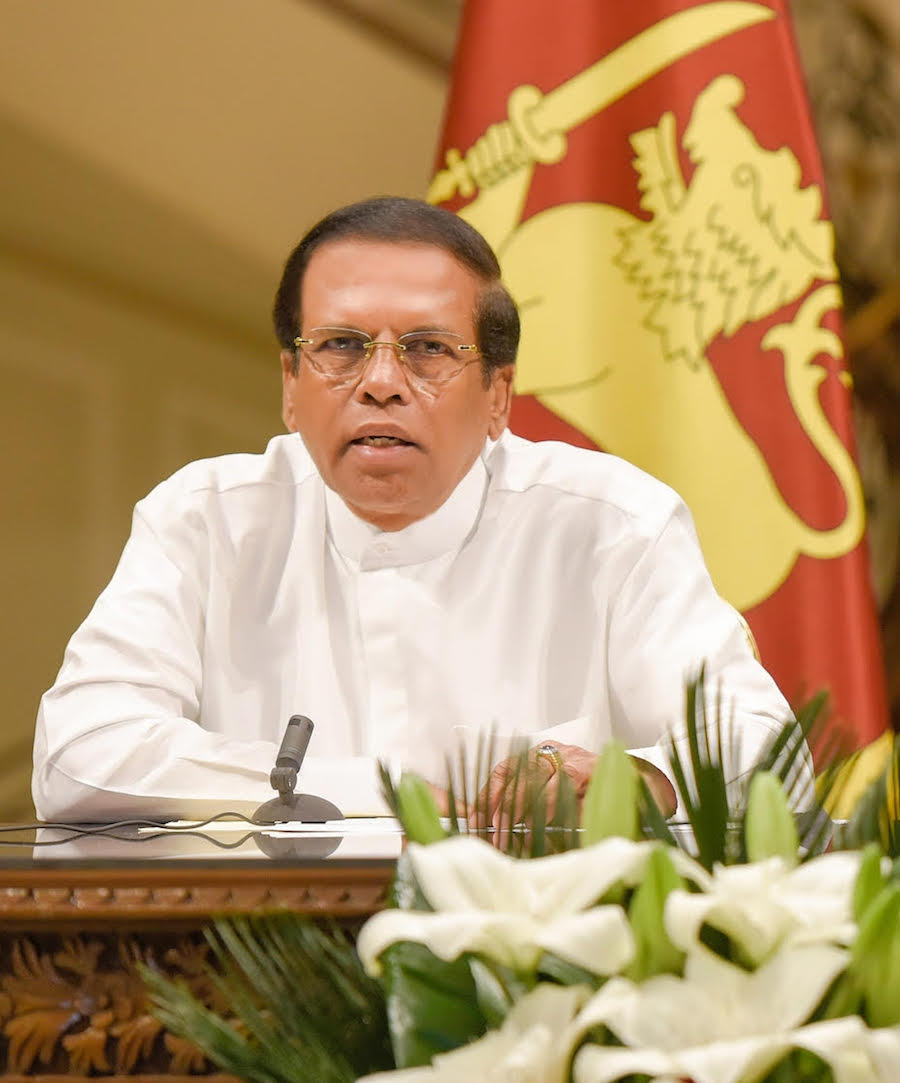The War On Drugs In Sri Lanka: Science Or Fiction?

 “Some may think that the death penalty is too harsh a penalty. I do not think so. Many countries have come to the stage where they accept the death penalty” ~ Ranil Wickremesinghe, 1984.
“Some may think that the death penalty is too harsh a penalty. I do not think so. Many countries have come to the stage where they accept the death penalty” ~ Ranil Wickremesinghe, 1984.
Prime Minister Ranil Wickermesinghe stated the above during the parliamentary debate on the Poisons Opium and Dangerous Drugs Ordinance of 1929 Amendment Bill on 22 March 1984. At the time, he was the Minister of Education who endorsed President J.R Jayewardene’s proposal to introduce the death sentence for drug related offences. Despite its inefficacy, the death sentence for drug related offences is back on the policy agenda and political limelight. The evidence of the steady rise in drug seizures, arrests, drug-related prison admissions, drug use, drug related harm and relatively stable drug prices suggests that the nation’s policy on drugs that existed for over three decades needs re-thinking.
There had been a number of articles written on the subject matter although none looked at the origins of the death sentence for drug related offences in Sri Lanka. Furthermore, there is little information on the socio-economic and political factors associated in adopting and implementing this policy choice. This article will focus on the above information gap, identifying and discussing some of the drivers for the ‘war on drugs’. I will apply a policy science approach to understand drug policy development that is situated in the history of Sri Lanka.
The heroin epidemic in the 1980s
By the late 1970s’ there existed a growing cohort of ageing opium and cannabis users. The novelty of a heroin epidemic, introduced by tourists in the late 1970s was largely confined to Colombo and some parts of southern Sri Lanka. Young people started using heroin, which concerned politicians, the clergy and general public due to the uncertainties created on how to manage a ‘novel drug problem’. There also existed a belief among policy-makers and politicians that a drug-free society is absolutely required for the socio-economic development of the country, particularly as young people were considered as the wealth of the nation.
Politicians, prominent Buddhist monks and Christian priests were questioning the meaning of moral values and good citizenship in society. The use of intoxicants was seen as immoral, and those who use drugs were seen as social outcasts. Consequently there was a moral underpinning to the policy-making and political concerns at the time. Their moral ideology regarded drugs as dangerous, threatening to cultural values and as evil substances that compromise the values in Sri Lankan culture. State intervention and tough law enforcement were seen as legitimate responses to foster moral and upright behaviour.
By 1982, Interpol confirmed Sri Lanka’s status as a transit country for the movement of heroin from countries in the Golden Triangle into Europe, with organised international drug trafficking syndicates operating within Sri Lanka. During this period, evidence also emerged of a link between heroin trafficking carried out by the LTTE and financial proceeds being used to fund terrorism. With the escalation of violence between Sinhalese and Tamils, and the demand for a separate Tamil state in the North and East of Sri Lanka, drug trafficking was perceived as a major problem and a direct threat to national security and stability of government. Politicians and law enforcement personnel viewed the existing legislation at the time as being outdated to manage the emerging new trends of drug use and trafficking. The Poisons, Opium and Dangerous Drugs Ordinance of 1929 was amended within this national context. The amendments ensured the introduction of the death sentence for drug related offences, stringent law enforcement on drug users and traffickers, and the creation of the National Dangerous Drug Control Board to coordinate all efforts related to drug control.
Policies adopted since 1984 ensured that the response to the drug problem was firmly located within the criminal justice system leading to a large number of drug users being imprisoned. Out of the total prison population in the country, nearly 45% of men and women were admitted for narcotic-related offences in 2000, the largest single category according to the Handbook of Drug Abuse Information published by the National Dangerous drug Control Board in 2002. The majority of drug-related prison admissions were for heroin related offences (88%) with the remaining (12%) for cannabis. These figures remain stable 17 years later and indicate that a large proportion of people who are in the prison system are drug users as opposed to large scale traffickers.

